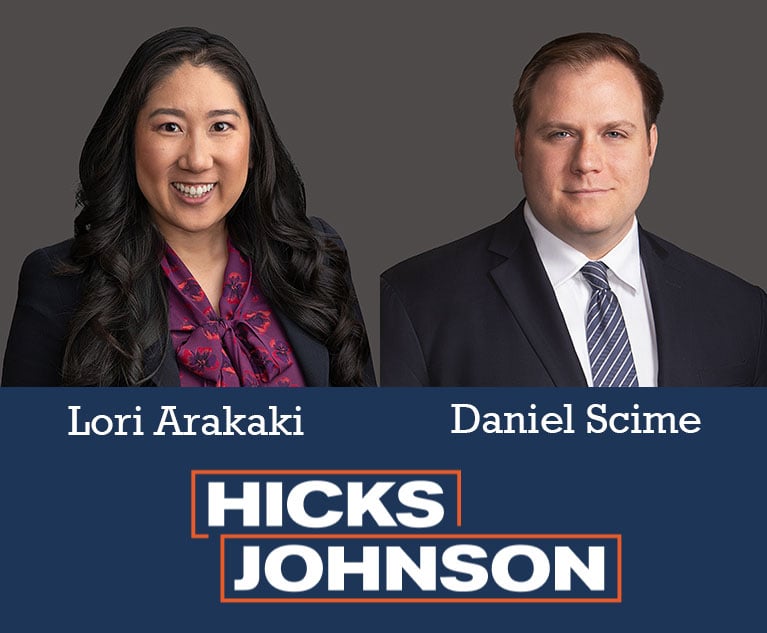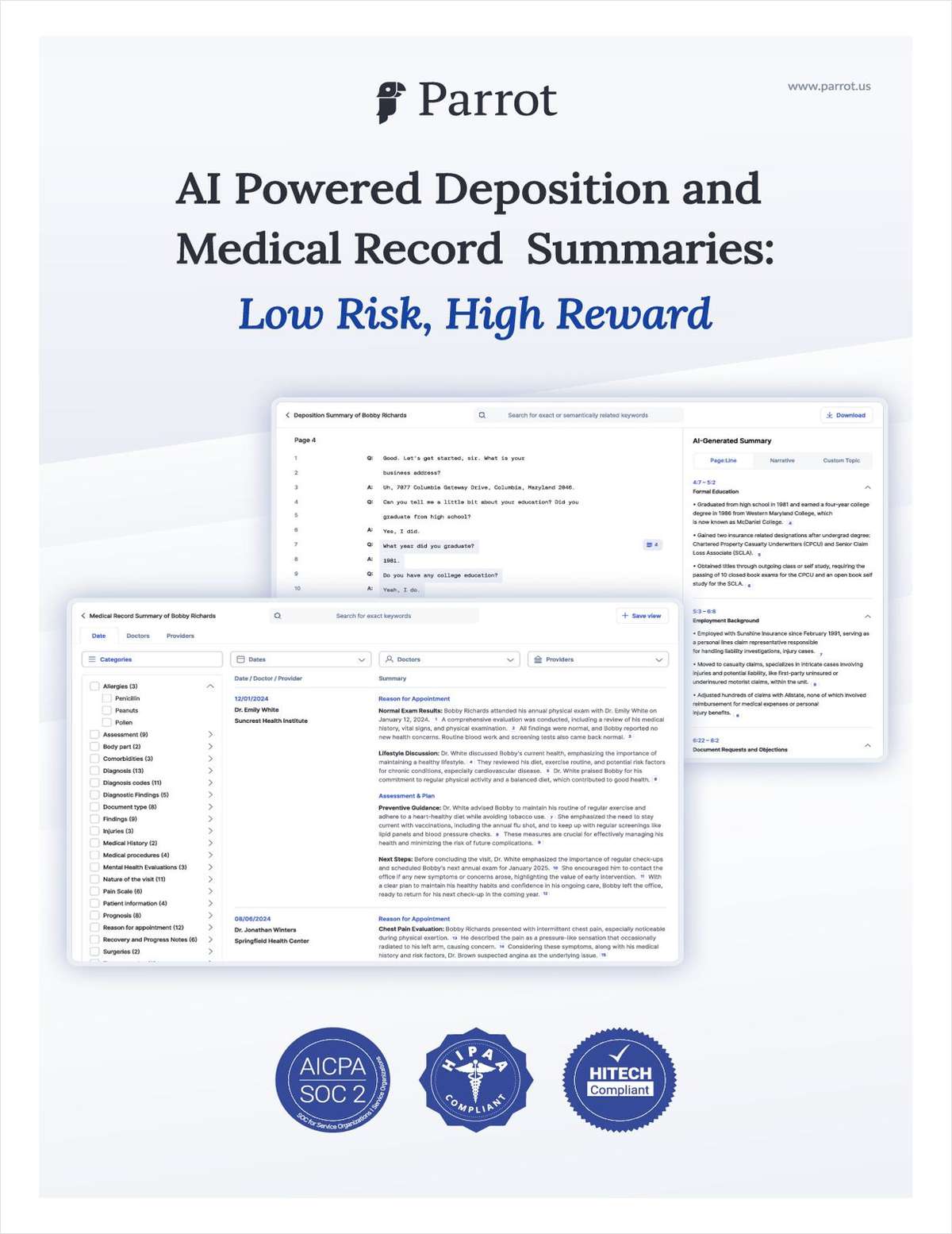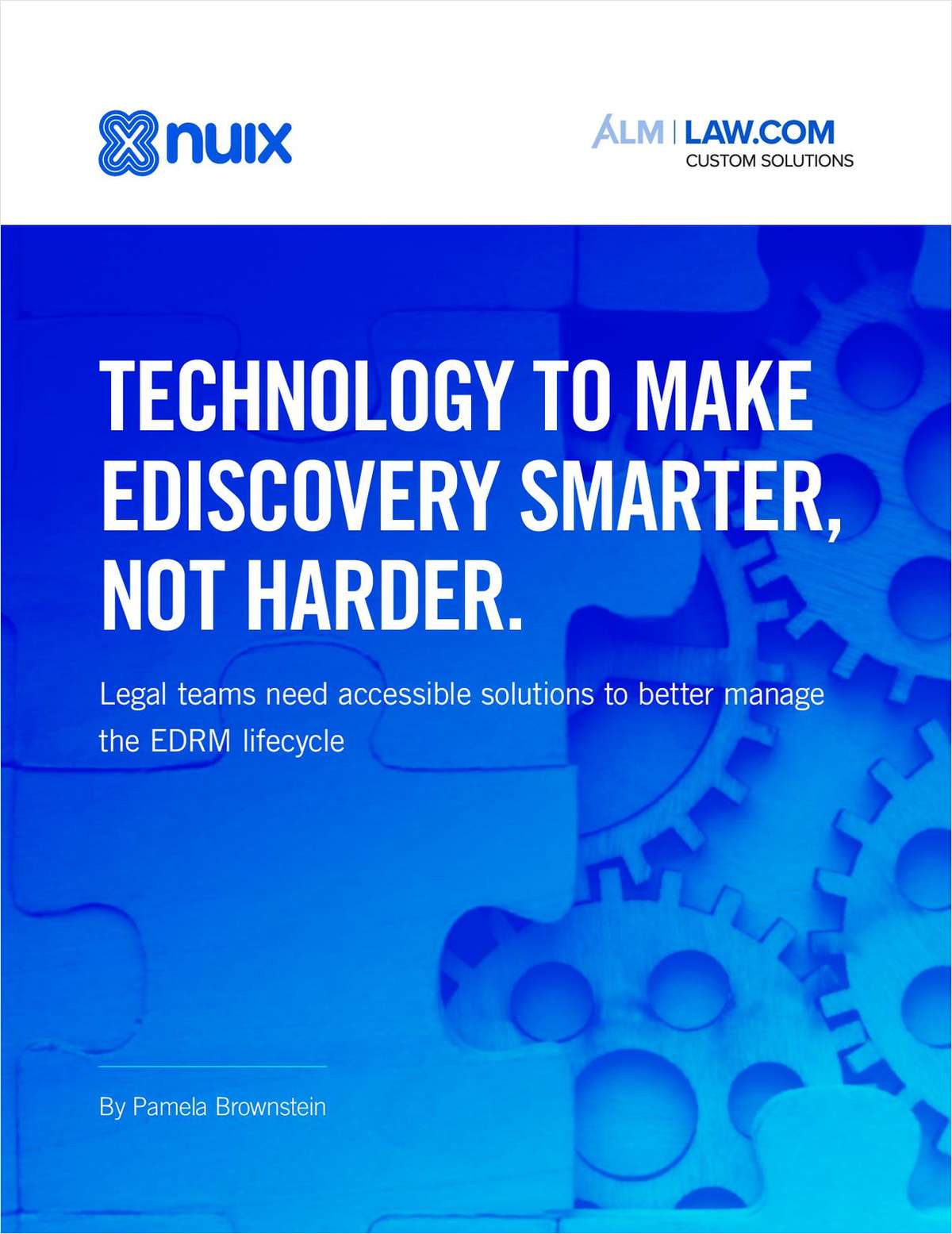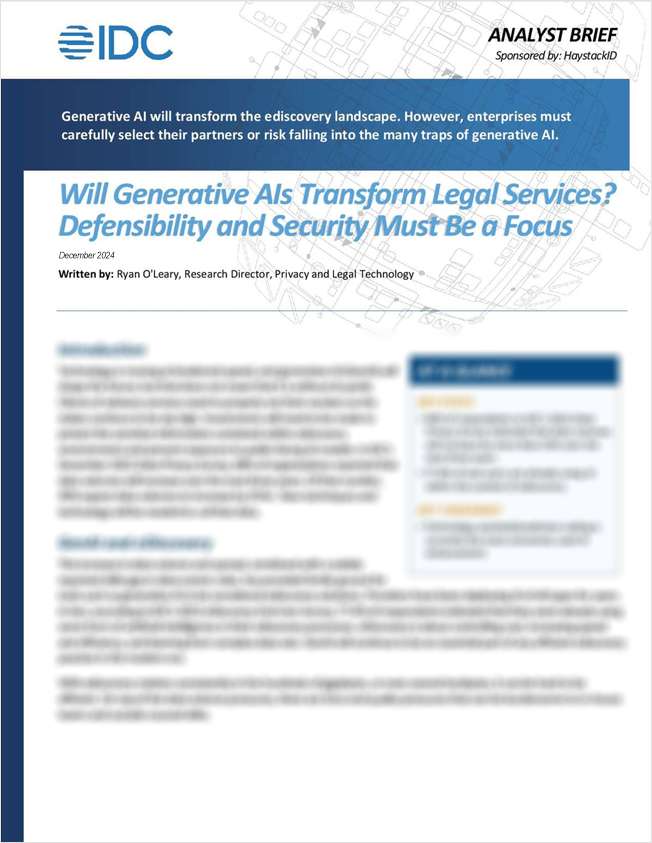32. How to Bring Down Your Insurance Rates
Insurers are hiking rates because malpractice payouts have grown exponentially, and because they fear that hastily recruited lawyers and hybrid working will make things worse. The way to secure attractive insurance rates is to have a good claims profile, and the keys to that are all in the fundamentals.
July 07, 2022 at 11:57 PM
3 minute read
The original version of this story was published on Lean Adviser
Our last mini-series of lessons focused on law firm attitudes in the downturn. We looked at how "commodity" firms and "professional service" firms had diametrically different attitudes toward both clients and attorneys, and we saw how client-oriented firms will navigate the downturn far better than commodity firms.
This mini-series looks at another feature of the downturn — rates. We'll look at all kinds of rates: insurance rates, pay rates and hourly rates. But first, some context. There's a lot happening, and market-aware law firms are alert to all the trends. As soon as the demand spike pivoted into a downturn, the industry braced for recession, the pay wars stalled, and now the insurance industry has the jitters.
If you're a client-facing firm, you'll be aware how much clients dislike all of this, and how they look to law firms for imagination and mitigation. After all, there's no upside for clients in insurers hiking rates, or in firms overpaying associates. They know that firms will pass all this on. Sure, Steptoe made the news by reducing associate pay, but it's not like they're passing on the savings by cutting hourly rates.
Insurers are hiking rates because malpractice payouts have grown exponentially, and because they fear that hastily recruited lawyers and hybrid working will make things worse. But these are just the surface symptoms. The way to secure attractive insurance rates is to have a good claims profile, and the keys to that are all in the fundamentals.
It doesn't have to be this way. It doesn't have to be that law firms shrug their shoulders and pass everything on as increased hourly rates, while offering the same service. So, this lesson focuses on insurance rates, and then we'll move on to pay rates and hourly rates.
Here's our Rate Reducer Recipe to decrease disputes, complaints, claims and then rates:
- Start with good lawyers, in everything from talent, to motivation and wellbeing; then add
- Good clients, in everything from credit worthiness to business integrity; then add
- Good assignments, in everything from selection, to expectation management, to goal alignment; then add
- Good operating environment, in everything from mentoring, to culture and collaboration; then add
- Good governance, in everything from file opening, to conflict detection to trouble spotting.
Most firms do all of the above. The change is that a growing number are now starting to embrace the final critical ingredient:
- Good operating methods, in the form of efficiency, effectiveness and transparency. These are all safety features of Lean Adviser, and they are the best antidotes to claims.
NOT FOR REPRINT
© 2025 ALM Global, LLC, All Rights Reserved. Request academic re-use from www.copyright.com. All other uses, submit a request to [email protected]. For more information visit Asset & Logo Licensing.
You Might Like
View All
Longtime AOC Director Glenn Grant to Step Down, Assignment Judge to Take Over
4 minute read
Hours After Trump Takes Office, Democratic AGs Target Birthright Citizenship Order
4 minute read
Hicks Johnson Promotes Lori Arakaki and Daniel Scime to Firm Partnership
2 minute read
IAG Forensics & Valuation is excited to announce promotions at our firm effective 1/1/2025.
1 minute readTrending Stories
Who Got The Work
J. Brugh Lower of Gibbons has entered an appearance for industrial equipment supplier Devco Corporation in a pending trademark infringement lawsuit. The suit, accusing the defendant of selling knock-off Graco products, was filed Dec. 18 in New Jersey District Court by Rivkin Radler on behalf of Graco Inc. and Graco Minnesota. The case, assigned to U.S. District Judge Zahid N. Quraishi, is 3:24-cv-11294, Graco Inc. et al v. Devco Corporation.
Who Got The Work
Rebecca Maller-Stein and Kent A. Yalowitz of Arnold & Porter Kaye Scholer have entered their appearances for Hanaco Venture Capital and its executives, Lior Prosor and David Frankel, in a pending securities lawsuit. The action, filed on Dec. 24 in New York Southern District Court by Zell, Aron & Co. on behalf of Goldeneye Advisors, accuses the defendants of negligently and fraudulently managing the plaintiff's $1 million investment. The case, assigned to U.S. District Judge Vernon S. Broderick, is 1:24-cv-09918, Goldeneye Advisors, LLC v. Hanaco Venture Capital, Ltd. et al.
Who Got The Work
Attorneys from A&O Shearman has stepped in as defense counsel for Toronto-Dominion Bank and other defendants in a pending securities class action. The suit, filed Dec. 11 in New York Southern District Court by Bleichmar Fonti & Auld, accuses the defendants of concealing the bank's 'pervasive' deficiencies in regards to its compliance with the Bank Secrecy Act and the quality of its anti-money laundering controls. The case, assigned to U.S. District Judge Arun Subramanian, is 1:24-cv-09445, Gonzalez v. The Toronto-Dominion Bank et al.
Who Got The Work
Crown Castle International, a Pennsylvania company providing shared communications infrastructure, has turned to Luke D. Wolf of Gordon Rees Scully Mansukhani to fend off a pending breach-of-contract lawsuit. The court action, filed Nov. 25 in Michigan Eastern District Court by Hooper Hathaway PC on behalf of The Town Residences LLC, accuses Crown Castle of failing to transfer approximately $30,000 in utility payments from T-Mobile in breach of a roof-top lease and assignment agreement. The case, assigned to U.S. District Judge Susan K. Declercq, is 2:24-cv-13131, The Town Residences LLC v. T-Mobile US, Inc. et al.
Who Got The Work
Wilfred P. Coronato and Daniel M. Schwartz of McCarter & English have stepped in as defense counsel to Electrolux Home Products Inc. in a pending product liability lawsuit. The court action, filed Nov. 26 in New York Eastern District Court by Poulos Lopiccolo PC and Nagel Rice LLP on behalf of David Stern, alleges that the defendant's refrigerators’ drawers and shelving repeatedly break and fall apart within months after purchase. The case, assigned to U.S. District Judge Joan M. Azrack, is 2:24-cv-08204, Stern v. Electrolux Home Products, Inc.
Featured Firms
Law Offices of Gary Martin Hays & Associates, P.C.
(470) 294-1674
Law Offices of Mark E. Salomone
(857) 444-6468
Smith & Hassler
(713) 739-1250








